"Felix Kelly was born in Auckland, New Zealand on February 3, 1914, though
in later years, he claimed a birth year of 1916. The second son of Felix
Vincent Kelly, originally from south Australia and of either Scottish or
Irish heritage, and Hortense Agnes Kelly, who was twenty years younger
than her husband, he was born into a household already unsettled. Both
parents were artistic - the elder Felix did pen-and-ink drawings and
Hortense later pursued a career as a painter - but while his mother
encouraged her younger son's artistic leanings, his engineer father
preferred that he train as an architect. Delicate as a child, Kelly
briefly attended the elite King's College, but was mostly home-schooled in
his younger years and apprenticed as a teenager to a civil engineering and
survey firm. However, he hated math and soon moved on to minor jobs at an
advertising agency and teaching in the art school where he had once taken
Sunday lessons before training as a graphic artist and designer. By age
17, he'd succeeded in publishing two cartoons in the New Zealand Artists'
Annual, signing them with his nickname "Fix", which later became his
professional name as a cartoonist.
The upper middle-class comfort he had been born into disappeared in 1933
when his father went bankrupt as a result of the global effect of the
Great Depression. Hortense Kelly left him, moving to England, where the
21-year-old Felix joined her in 1935, quickly lining up a job doing
lay-out for an advertising firm and drawing cartoons on the side for
several British publications. Though he shared rented rooms with his
mother, because he was handsome (with black hair and "startling blue
eyes") and charming, Kelly quickly made aristocratic friends who invited
him for weekends at the country houses. The architectural interests of his
early life spurred him to begin painting them and he began to gain a
reputation as a house "portraitist", accumulating important commissions.
On May 1, 1940, he enlisted in the RAF where he worked as a radar man
while continuing to create cartoons and illustrations for British
magazines and books. In 1943, he suffered a severe illness (perhaps a
nervous breakdown) and had to be hospitalized, effectively ending his
active service. He spent more time painting, and his first one-man show at
the Lefevre Gallery in 1944, launched his career and enabled him to quit
his old job in advertising. In the same year, his mother launched her own
career as a sort of magic realist painter at the age of 60 and did fairly
well.
Though architecture always featured in his paintings, his early works
contained more figures, but even then had a haunting and somewhat
surrealistic quality. One critic of his first show purported to see "the
spirit of something sinister and ghostlike" present in each painting.
Though surrealism was quite influential on his work, it more properly fit
into the genre of neo-romanticism, which was very popular during the late
1940s and `50s, particularly among the ex-pat painters, many of them also
from New Zealand. While post-modernist painters moved increasingly toward
abstraction, Kelly focused on craft, prepping the surface of his canvas or
board for an exceptionally smooth surface in a process that took almost as
long as the actual painting. His works were so carefully drafted that they
were almost drawing with paint - in fact, in some of his works, the bricks
of the houses are scratched into the oil paint rather than painted on. In
1946, critic Herbert Read declared:
Felix Kelly works on a scale, and with a technique, appropriate to his
vision. There is nothing grandiose or pretentious about his art - he
paints for the "cabinet", for the intimate world of people who surround
themselves with private possessions rather than certificates of culture .
. .
His success in England led to his first trip to America in 1947 when the
New York gallery Portraits, Inc. and Conde Nast publications commissioned
him to paint important American houses, a turning point in his career. His
painting of the White House appeared in one of that year's issues of
House and Garden magazine, promoting his work to estate owners
throughout the country. With his new income, Kelly visited Spain and Italy
before returning to England, where he began yet another career as a set
designer for West End plays. He was also becoming known as a decorator;
his own apartment was featured in several magazines, displaying his taste
for the neo-classical and Regency styles that often featured in his
paintings as well.
Kelly had a series of one-man shows throughout the 1950s and by the 1960s,
he was a minor celebrity in England. Critics were comparing him to
Canaletto and Piranesi, but art scholar John Haldane probably described
what was most attractive to his patrons:
Kelly painted what Edmund Burke articulated in prose: the virtues of
traditional conservatism. In part philosophy, in part sensibility, this
celebrates the ownership and cultivation of the land and the maintenance
of good order, not so much through the imposition of rules, as through the
development of personal habits of care and respect.
In the late 1960s and early 1970s, Kelly discovered the beauties of the
Deep South, particularly its Steamboat Gothic architecture with which he
quickly fell in love. Louisiana, particularly the area around New Orleans,
gave him a whole new range of subjects. By then, he had developed a series
of recurring motifs throughout his painting, including outmoded mechanical
contraptions, candy stripes (pink and white), miniature railways, hot air
balloons, paddle steamers, and, of course, great houses down on their
luck. He developed a friendship with the Norton family of Shreveport,
Louisiana, which led to his first one-man show in Louisiana at the R.W.
Norton Art Gallery. The Norton still contains the largest public display
of Kelly's works.
In the last two decades of his life, Kelly continued to paint, producing
murals for Castle Howard to be featured in the tv miniseries Brideshead
Revisited, but also branching out into architecture, designing
small-scale garden pavilions for friends as well as new facades for larger
dwellings. As part of his architectural interests, he became a friend and
associate of the Prince of Wales when Prince Charles began his campaign
for the preservation of heritage buildings. Though he had spent 50 years
of his adult life in England, which he loved, he didn't apply for British
citizenship until 1987. A few short years after that, he began to show the
effects of Alzheimer's Disease from which he passed away in 1994.
A last one-man exhibition was held for him in 1995 and, while modernist
critics always had mixed reactions to his work, even they had to admit his
talent; in his final review, one explained:
Felix Kelly at his best is still a mite too close to chocolate box.
However Partridge's memorial show to Kelly who died last year . . . does
remind us that there are good chocolate boxes and bad. Kelly's are
definitely superior.
Everl Adair, Director of Research and Rare Collections"
.jpg)
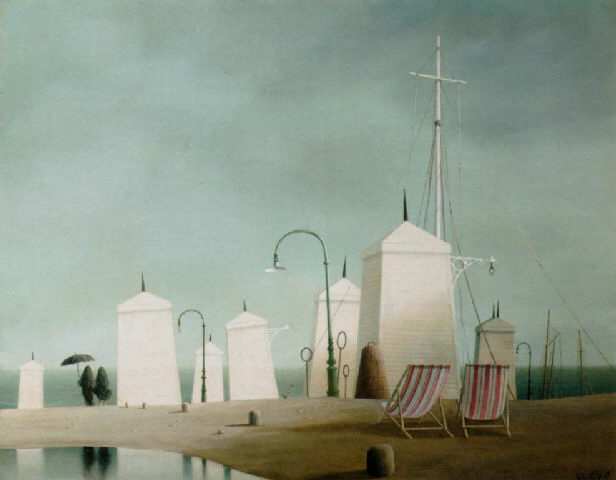.jpg)
.jpg)
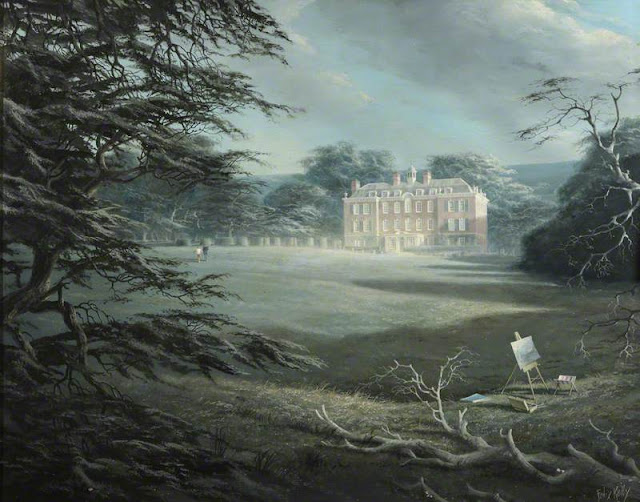.jpg)
.jpg)
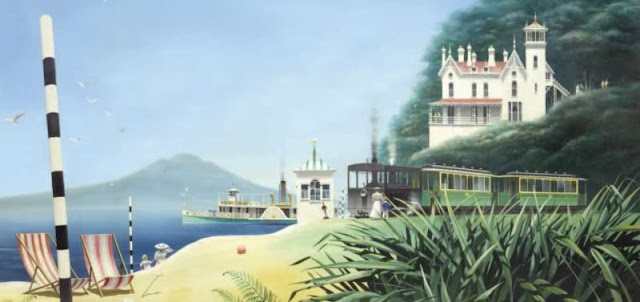.jpg)
.jpg)
.jpg)
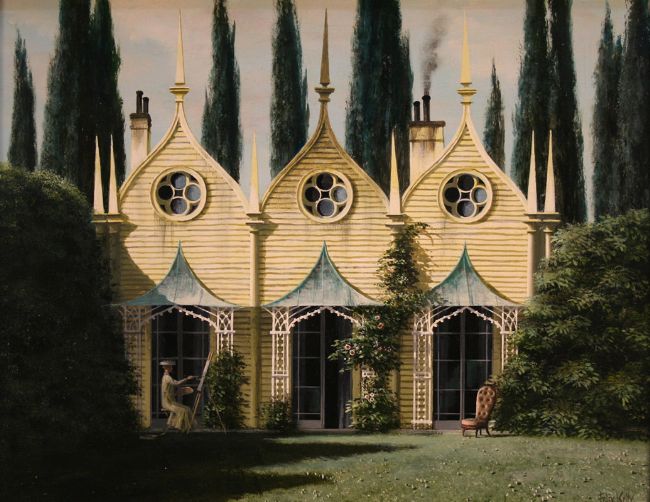.jpg)
.jpg)
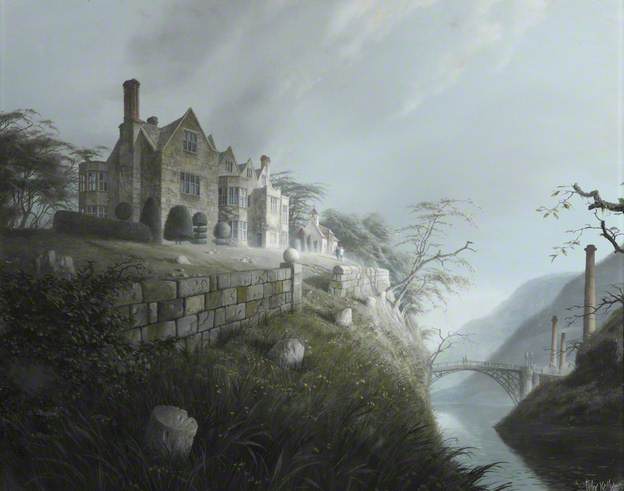.jpg)
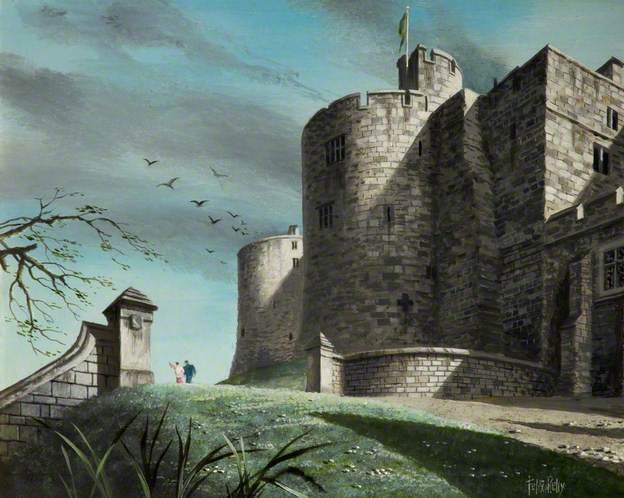.jpg)
.jpg)
.jpg)
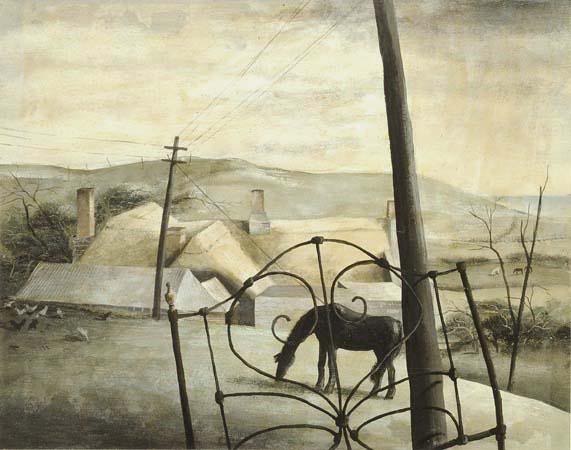.jpg)
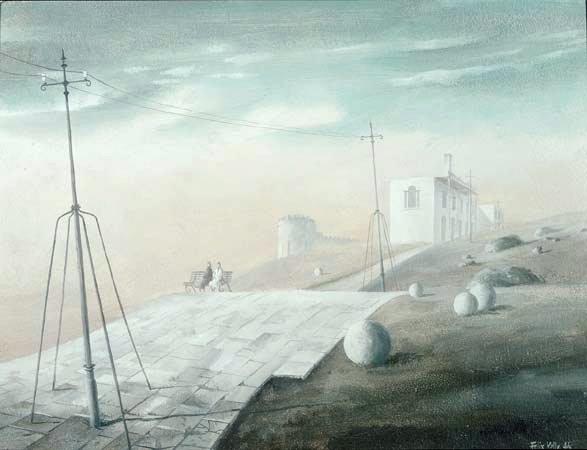.jpg)
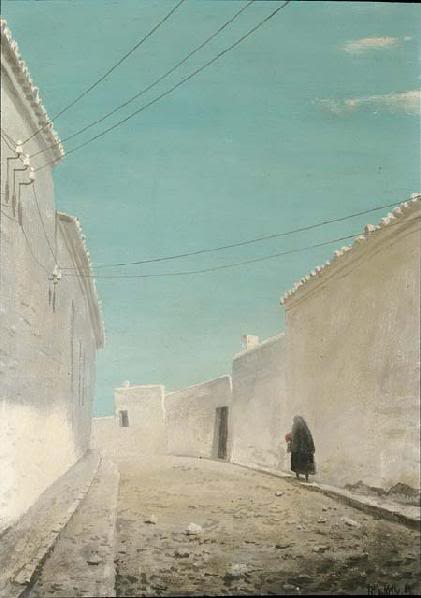.jpg)
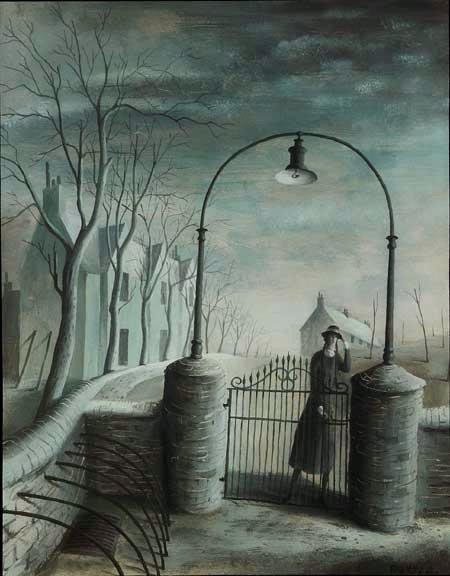.jpg)
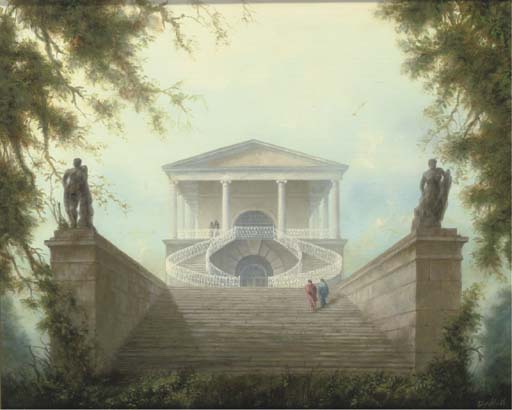.jpg)